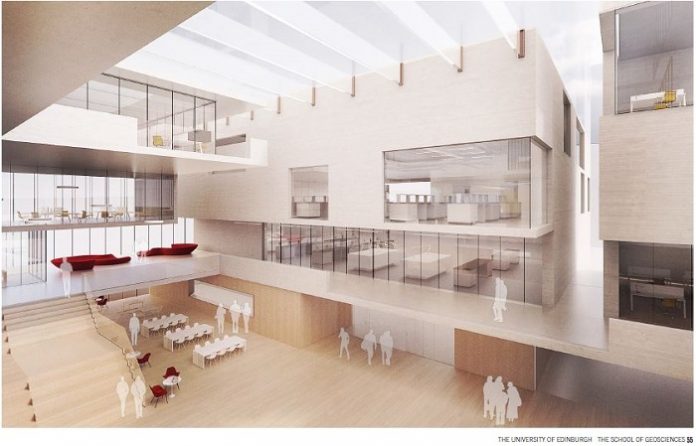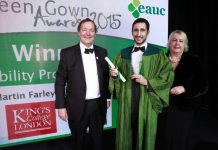A sustainable building is usually an efficient one and when new build and refurbishment projects are designed with future decades in mind, they can save money in running costs, maintenance and redevelopment. With this in mind, the University of Edinburgh is developing guidance on how building and redevelopment projects should be conducted as Andrew Arnott explains.
In early 2016, a chance conversation between the Edinburgh Centre for Carbon Innovation and the University of Edinburgh led to the formation of an action group to review the way the university goes about designing and constructing buildings.
The group’s aim is to develop guidance on how new builds and refurbishment projects should be conducted in order to ensure the university is developing a sustainable estate for future decades and centuries.
This is obviously a herculean task. For a start, ‘sustainability’ is a broad and ill-defined term. We started with a long and relatively comprehensive study of best practice globally – to see what other universities and institutions are doing, and how they are doing it. On top of that, we did a comparison of various schemes and standards to understand the pros and cons of our current focus on BREEAM.
As a member of this task force group, I worked on the above actions but I was also working on my ‘day job’ of improving sustainability within laboratories at the University of Edinburgh.
Understanding that laboratories have a key role to play in sustainability within the institution and that they also have quite specific needs, I suggested a separate chapter on sustainable design guidance for laboratories.
Through a literature review of global best practice and also publications such as the S-Lab Good Lab Design Guide, I tried to develop an idea of what was most important in both the processes and the technologies involved in successful sustainable labs developments.
I arrived at a point where I had 12 key themes which I thought were most important. I brought these points to a consultation a couple of weeks ago with many key stakeholders within the university including estates, labs, Health and safety, and we managed to distil it down to five key principles for delivering sustainable labs efficiently:
- Efficient ventilation
- “passive first”
- containment policy
- Partnerships and sharing of information during design
- Including analysis of carbon and energy impacts of different design options.
- Efficient space and fabric
- “fabric first”
- spaces designed for multiple uses (short term and long term)
- Efficient equipment
- Efficient services – centralised vs stand-alone
These are very rough and need some work but the aim is to steer us away from a prescriptive “one size fits all” approach while ensuring the right questions are asked at the right time.
The idea currently is to write up a document which describes the principles then gives an example or two of what this might mean in practice. In certain areas – maybe 3 or 4, probably including ventilation – we may develop a quantifiable key performance indicator, but in other areas the principles will not be prescriptive.






